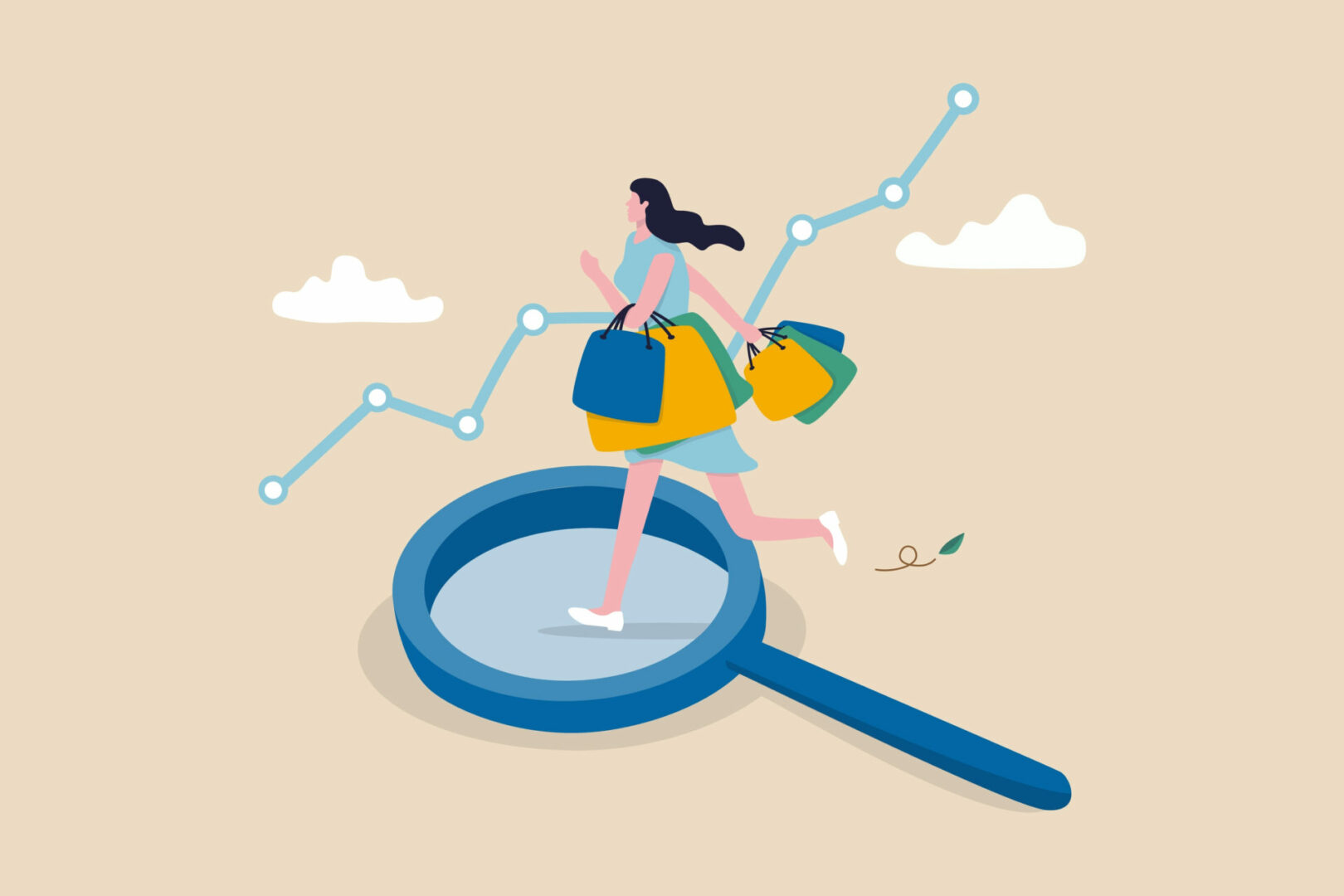Shopping trends are showing that people are coming back to stores and that e-commerce is still experiencing a steady growth as the convenience of shopping online remains too attractive.
Which are the real options that will make retailers successful at this meeting point between online and offline? The answer will come from the shoppers. Retailers will have to give them the choice and be ready to make it real. They will have to offer omnichannel experiences, focusing on active interaction with the shoppers, engaging with them and finding out what they are looking forward to. They will also have to consider that shoppers are trying to find more and more the right balance between choice, convenience and sustainability and this can determine the selection of a brand rather than another.
The 3 main ways of purchase, emerged so far in the omnichannel scenario, are :
- Click & Collect (buy online & pick-up in store)
- BOPA (Buy online pick anywhere)
- Home delivery
Click&Collect can be chosen for urgent needs as it is supposed to be a faster way of getting the purchase. The item bought online is not always in stock, in the store you want to pick it up from, so a successful experience depends here on multiple factors: availability of the goods, depot near the store location, arranging delivery to the store, etc.. All these can create a discrepancy between the expectation of a fast collection and the reality of a long wait.
Bopa is just the latest acronym to define the concept of Alternative Delivery Location (ADL), meaning somewhere that is not the store nor your house. In this way the delivery provider is able to drop multiple orders in a single location. Researchers are convinced though that its reach will be limited. It simply can’t suit the majority but only one type of consumer that is ‘’on the way’’ to these preselected delivery locations.
Home Delivery whether on demand, same day or next day is going to keep its favorite spot in shoppers’ habits. As per the latest research from Australia post, people will continue to shop online for the foreseeable future and retailers will have to invest in delivery options with a very careful eye on the last mile to know how customers receive their orders , how to keep the shoppers satisfied and how to make them shop again with them.

With Home Delivery, retailers have the opportunity to also focus on sustainability especially if adopting the right technology. Travis Katz, CEO of BrightDrop, writes on Forbes: “Advances in machine learning and artificial intelligence offer critical ways to reduce the carbon footprint of e-commerce delivery without forfeiting convenience. With technologies available today, fleets can maximize productivity and efficiency by mapping seamless routes and designing delivery solutions with city streets in mind to avoid clogging our roadways and further polluting our planet”.
In the continuous effort of combining advanced technology and sustainability, Milkman Technologies capabilities give retailers the right tools to offer delivery options that can meet higher successful deliveries rates, minimize failed attempts which translate in a more carbon efficiency.








